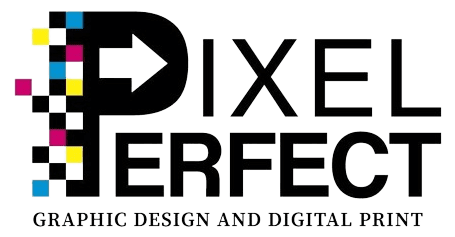
What is the Difference Between DPI and PPI?

Posted in February, 2024.
Understanding the difference between DPI (dots per inch) and PPI (pixels per inch) is crucial. Both DPI and PPI are measurements used to describe the resolution of an image, but they serve different purposes and are applied in different contexts.
Introduction to DPI and PPI
DPI refers to the number of dots of ink or toner per inch on a printed document, while PPI refers to the number of pixels per inch in a digital image. DPI is relevant in the context of printing, where it determines the quality and clarity of printed text and images. PPI, on the other hand, is relevant in the context of digital images, where it determines the resolution and sharpness of an image displayed on a screen.
Understanding DPI in Printing
In printing, DPI refers to the density of dots of ink or toner that can be placed on a printed page. A higher DPI value results in sharper and more detailed prints, while a lower DPI value may result in lower quality prints with visible pixels or dots. DPI is an important consideration when preparing files for print, as it directly impacts the final output quality and clarity.
Exploring PPI in Digital Images
In digital imaging, PPI refers to the number of pixels per inch in a digital image file. A higher PPI value indicates a higher resolution image with more pixels packed into each inch, resulting in a sharper and more detailed image when viewed on a screen. PPI is a crucial factor when creating digital graphics, as it determines the quality and clarity of the final image when displayed on various devices, such as computer monitors, smartphones, and tablets.
Key Differences Between DPI and PPI
Context:
DPI is used in the context of printing to describe the resolution of printed documents, while PPI is used in the context of digital images to describe the resolution of digital files.
Measurement:
DPI measures the density of dots of ink or toner on a printed page, while PPI measures the density of pixels in a digital image file.
Application:
DPI is applied when preparing files for print to ensure high-quality printed output, while PPI is applied when creating and editing digital images to ensure optimal resolution and clarity on screens.
Importance of Understanding DPI and PPI
Understanding the difference between DPI and PPI is essential for graphic designers and digital artists to create high-quality prints and digital images. By accurately setting DPI for print files and PPI for digital images, designers can ensure that their work is displayed and reproduced with precision and clarity across different mediums.
Enhance Your Design Projects With Pixel Perfect
At Pixel Perfect, we understand the importance of resolution and clarity in graphic design and digital printing. Whether you're preparing files for print or creating digital graphics, knowing the difference between DPI and PPI is key to achieving optimal results. Contact us today at (801) 837-4935 or [email protected] to learn more about how Pixel Perfect can elevate your design projects with precision and expertise.
Send a Message
Ready to bring your vision to life? Fill out the form below to schedule your free consultation with Pixel Perfect. Let's create something amazing together!
